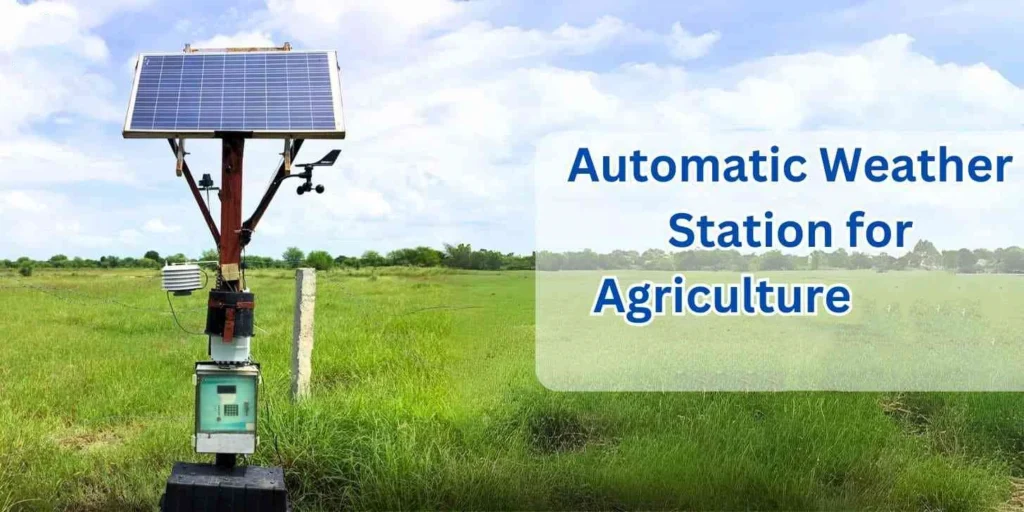
# Automatic Weather Station: Definition and Functionality
## What is an Automatic Weather Station?
An automatic weather station (AWS) is a sophisticated system designed to collect meteorological data without the need for constant human intervention. These stations are equipped with various sensors that measure atmospheric conditions such as temperature, humidity, wind speed and direction, precipitation, solar radiation, and barometric pressure.
AWS units have become increasingly important in modern meteorology, agriculture, aviation, and environmental monitoring. They provide continuous, real-time data that helps scientists, farmers, and decision-makers understand weather patterns and make informed choices.
## Key Components of an Automatic Weather Station
### 1. Sensors
The heart of any AWS is its array of specialized sensors. These typically include:
- Thermometers for temperature measurement
- Hygrometers for humidity levels
- Anemometers for wind speed
- Wind vanes for wind direction
- Rain gauges for precipitation
- Barometers for atmospheric pressure
- Pyranometers for solar radiation
### 2. Data Logger
The data logger serves as the brain of the system, collecting measurements from all sensors at predetermined intervals. Modern data loggers can store weeks or even months of data before needing to transmit it.
### 3. Power Supply
Most AWS units operate on solar power with battery backup, making them suitable for remote locations without access to electrical grids. Some stations in urban areas may use AC power with battery backup.
### 4. Communication System
Modern AWS units typically transmit data via:
- Cellular networks
- Satellite communication
- Radio transmission
- Wi-Fi or Ethernet connections
## How Automatic Weather Stations Work
The operation of an AWS follows a systematic process:
- Sensors continuously monitor environmental conditions
- The data logger collects measurements at set intervals (often every 5-60 minutes)
- Data is processed and quality-checked
- Information is stored locally and/or transmitted to a central server
- Data becomes available for analysis and forecasting
## Applications of Automatic Weather Stations
Meteorological Forecasting
AWS networks provide the foundational data for weather models and forecasts. The more stations deployed, the more accurate the predictions become.
Agricultural Management
Farmers use AWS data to optimize irrigation schedules, predict frost events, and time planting/harvesting operations.
Aviation Safety
Airports rely on AWS for real-time weather information critical for takeoff, landing, and flight planning.
Climate Research
Long-term AWS data helps scientists track climate patterns and changes over time.
Disaster Prevention
Early warning systems for floods, hurricanes, and other severe weather events often depend on AWS networks.
## Advantages of Automatic Weather Stations
- Continuous monitoring: 24/7 data collection without human intervention
- Remote operation: Can be installed in inaccessible locations
- Real-time data: Immediate access to current conditions
- Cost-effective: Reduces labor costs associated with manual stations
- Standardization: Consistent measurement methods across locations
## Future Developments in AWS Technology
The future of automatic weather stations includes:
- Integration with IoT (Internet of Things) networks
- Small
Keyword: what is automatic weather station